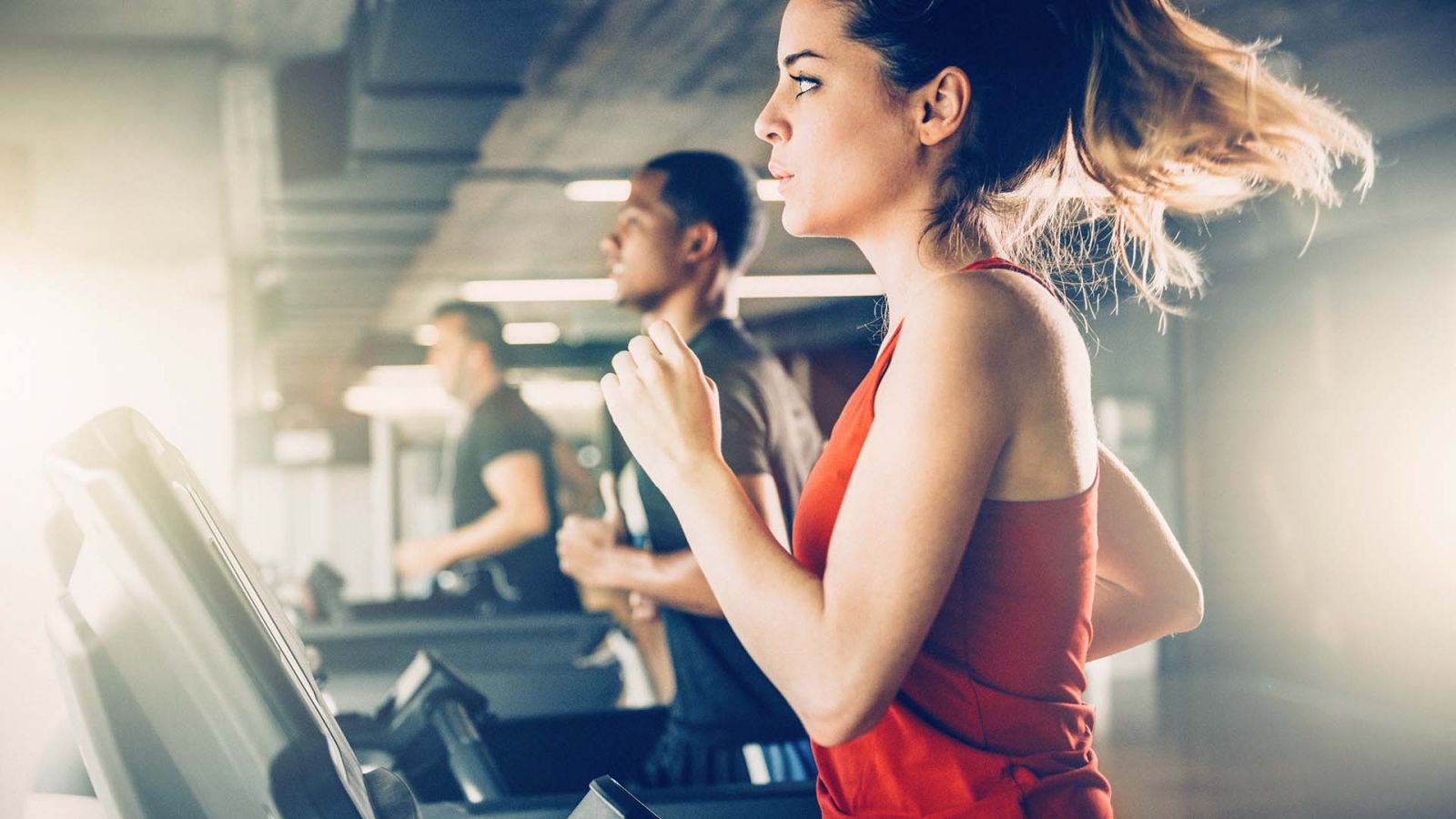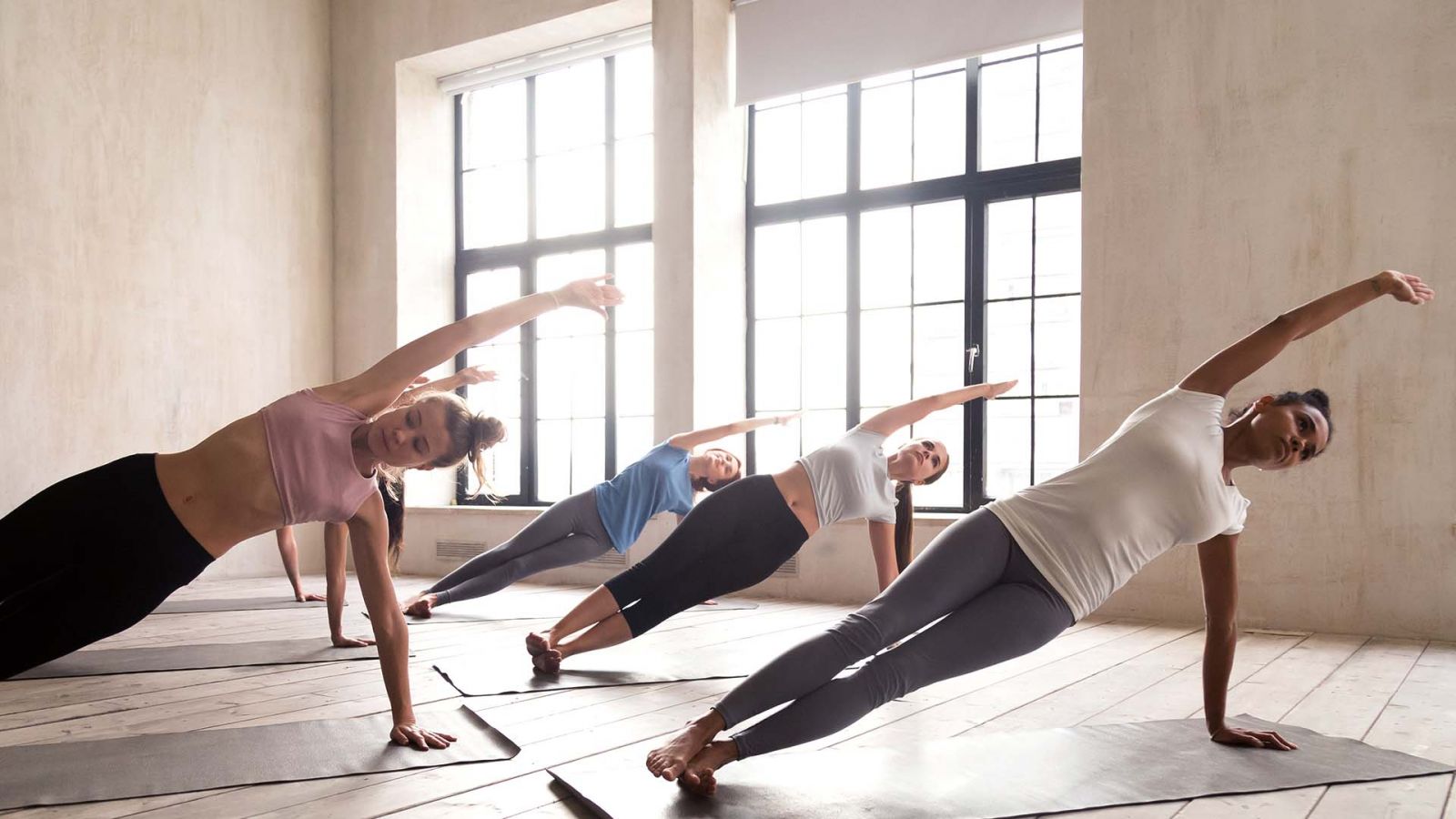
on March 23, 2022

Motivate your members
Sports without music seems almost inconceivable. Music has become a huge part of most workouts for good reasons. Most people say that music puts them in a good mood and creates a positive attitude, which in turn increases motivation and stamina. But does music really influence our training performance and can you as a fitness provider help your members get the most out of their workout with the right music?
There have been many studies looking at the link between music and athletic performance. In a study published in the Journal of Strength and Conditioning Research*, Brazilian researchers had 15 runners complete 5-kilometer runs – with and without music. The result: those who listened to music ran faster for the first two laps. In the following laps, the times converged, but in the end it was shown that runs with music over the entire distance led to slightly better times.
The influence of music on performance has therefore been proven in studies. However, not all music is suitable for all types of training.
Choose the right music for your classes, your studio space, and for your online classes for added motivation and support during workouts. Ideally, you’ll have a good mix of upbeat songs and quieter tracks. That way, your members have everything from warm up to cool down on one playlist. You can’t cater to everyone’s tastes, of course, but make sure they’re well-known popular songs. You can’t go far wrong with that.
We’ve put together a small selection of playlists for different workouts that you can find and use on Spotify, for example.

Music for running – even on a treadmill in your studio – is very individual. Ideally, the beats per minute should be adapted to the stride speed of the runner.
Here are some good running playlists that will motivate your members:
https://open.spotify.com/playlist/0VSg3Ize1XJArEzV6fCVW5?si=dc23cdb239db43f1
During intensive training, such as weight training, songs with a lot of power and strong beats are particularly in demand, because they provide additional push. Especially heavy metal, rock or hip hop are considered energy boosters.
Here is an example:
https://open.spotify.com/playlist/2NnaY2r1F03oO8Eho659fk?si=b0bb632d7eee47cb
HIIT is all about short, blasting intervals. A dose of extra motivation with the right beats will help your members persevere. You can use existing playlists, like this one from Spotify: https://open.spotify.com/album/0QjpAnoPLomNEQByp6rcUB?si=zH1V6VK3QqC_ZnXKRyZxKw
Or you can create your own and make sure that the music gets snappier when the interval starts and calmer when there is a break.

Not all yoga is the same. In yin yoga, for example, you may want to use quieter music to help your members relax in the yoga position. In Anusara Yoga, the background music can be a bit more upbeat to support the yoga flow.
Your playlist could look like this:
Pay attention to the music that you use in the studio as well as in your online classes, whether it is subject to royalty fees, because with providers such as Spotify and Co. this is usually the case. It’s best to find out in advance.
There is also some websites that offer royalty free music such as: https://www.royaltyfreefitnessmusic.com/
Music also has a supporting effect on performance when listening to it before a workout. It provides positive emotions and memories and consequently more balance and concentration. Calm, relaxed music is particularly suitable here. It can help to relieve tension and reduce nervousness and restlessness. For you as a fitness provider, this is a good opportunity to provide your members with the right choice of music before the workout and thus support them in starting the workout motivated.
For example, you can play quiet background music in the entrance areas and locker rooms. The same applies to a wellness area, for example.
Acoustic signals not only influence the human heart rate, but also breathing, brain waves and hormone release. The latter ensures that particularly familiar sounds and melodies are automatically associated with a situation or feelings from the past. In response, emotions are triggered in the body. Besides music, natural sounds have the strongest psychosomatic effect.
So, as a fitness provider, you can use music as an additional motivational booster to strengthen your members not only physically, but also mentally, thereby increasing their fitness level even more.
Also check out our blog post on hybrid studio concepts:
Source: *https://journals.lww.com/nsca-jscr/fulltext/2015/02000/how_does_music_aid_5_km_of_running_.4.aspx

Want to know how you can improve your GYM'S performance with Magicline? Reach out to me!